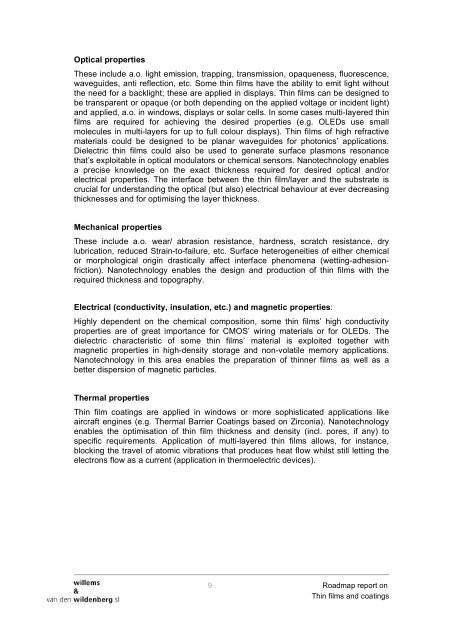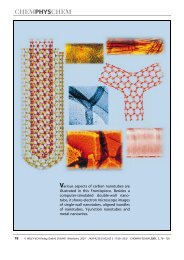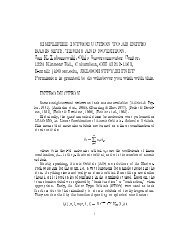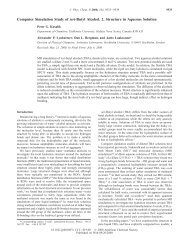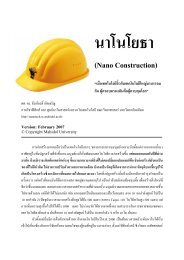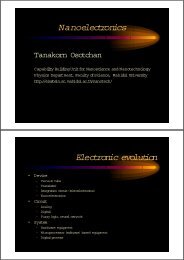'Thin films & coatings' Roadmap - Nano Mahidol
'Thin films & coatings' Roadmap - Nano Mahidol
'Thin films & coatings' Roadmap - Nano Mahidol
Create successful ePaper yourself
Turn your PDF publications into a flip-book with our unique Google optimized e-Paper software.
Optical properties<br />
These include a.o. light emission, trapping, transmission, opaqueness, fluorescence,<br />
waveguides, anti reflection, etc. Some thin <strong>films</strong> have the ability to emit light without<br />
the need for a backlight; these are applied in displays. Thin <strong>films</strong> can be designed to<br />
be transparent or opaque (or both depending on the applied voltage or incident light)<br />
and applied, a.o. in windows, displays or solar cells. In some cases multi-layered thin<br />
<strong>films</strong> are required for achieving the desired properties (e.g. OLEDs use small<br />
molecules in multi-layers for up to full colour displays). Thin <strong>films</strong> of high refractive<br />
materials could be designed to be planar waveguides for photonics’ applications.<br />
Dielectric thin <strong>films</strong> could also be used to generate surface plasmons resonance<br />
that’s exploitable in optical modulators or chemical sensors. <strong>Nano</strong>technology enables<br />
a precise knowledge on the exact thickness required for desired optical and/or<br />
electrical properties. The interface between the thin film/layer and the substrate is<br />
crucial for understanding the optical (but also) electrical behaviour at ever decreasing<br />
thicknesses and for optimising the layer thickness.<br />
Mechanical properties<br />
These include a.o. wear/ abrasion resistance, hardness, scratch resistance, dry<br />
lubrication, reduced Strain-to-failure, etc. Surface heterogeneities of either chemical<br />
or morphological origin drastically affect interface phenomena (wetting-adhesionfriction).<br />
<strong>Nano</strong>technology enables the design and production of thin <strong>films</strong> with the<br />
required thickness and topography.<br />
Electrical (conductivity, insulation, etc.) and magnetic properties:<br />
Highly dependent on the chemical composition, some thin <strong>films</strong>’ high conductivity<br />
properties are of great importance for CMOS’ wiring materials or for OLEDs. The<br />
dielectric characteristic of some thin <strong>films</strong>’ material is exploited together with<br />
magnetic properties in high-density storage and non-volatile memory applications.<br />
<strong>Nano</strong>technology in this area enables the preparation of thinner <strong>films</strong> as well as a<br />
better dispersion of magnetic particles.<br />
Thermal properties<br />
Thin film coatings are applied in windows or more sophisticated applications like<br />
aircraft engines (e.g. Thermal Barrier Coatings based on Zirconia). <strong>Nano</strong>technology<br />
enables the optimisation of thin film thickness and density (incl. pores, if any) to<br />
specific requirements. Application of multi-layered thin <strong>films</strong> allows, for instance,<br />
blocking the travel of atomic vibrations that produces heat flow whilst still letting the<br />
electrons flow as a current (application in thermoelectric devices).<br />
9 <strong>Roadmap</strong> report on<br />
Thin <strong>films</strong> and coatings


